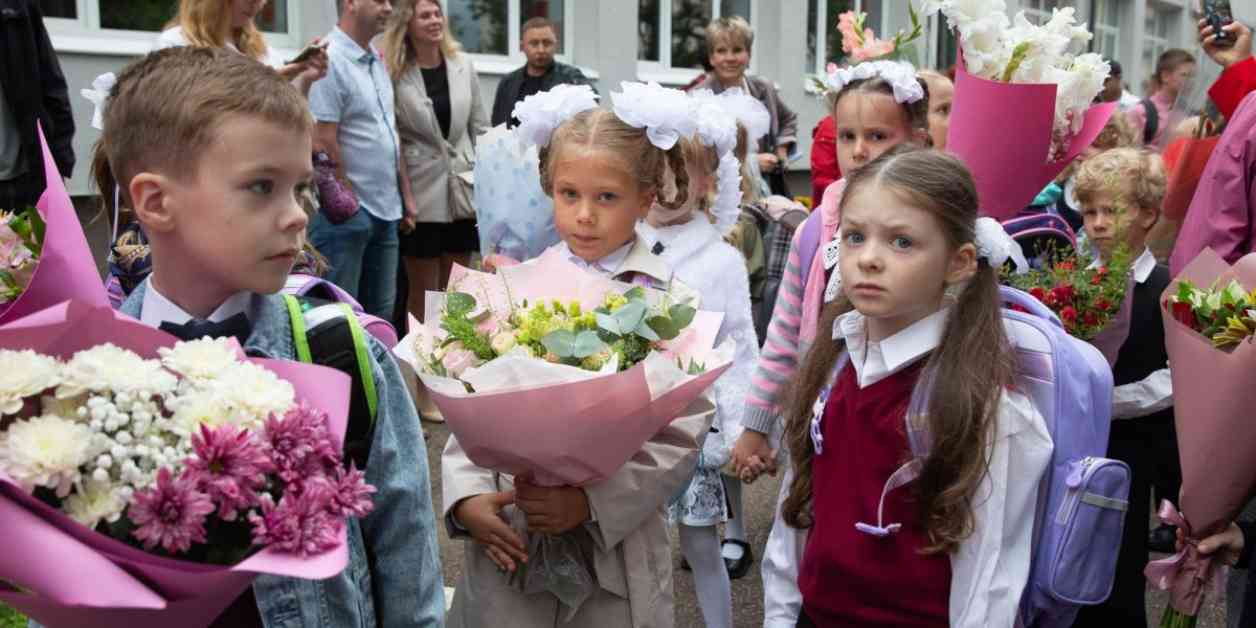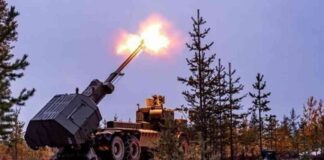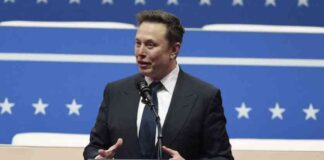Russia is facing a devastating demographic crisis as it grapples with a record-low birth rate amid the ongoing war with Ukraine. The implications of this decline in population could have far-reaching effects on the country’s future.
Russia’s Declining Birth Rate
Official data published in 2024 revealed that Russia had recorded its lowest birth rate in the last 25 years during the first six months of the year. The number of births in the country also dropped below 100,000 for the first time in June. This decline is a cause for concern as it marks a significant decrease in population growth.
In the first half of 2024, only 599,600 children were born in Russia, which was 16,000 lower than the same period in the previous year. The Kremlin’s spokesperson, Dmitry Peskov, expressed alarm at the situation, highlighting that the birth rate had plummeted to a critically low level of 1.4 births per woman. This rate is comparable to that of European countries like Japan.
Impact of the Ukraine War
Russia’s demographic crisis has been exacerbated by the ongoing conflict with Ukraine, which has been raging for over two-and-a-half years. The war has led to a spike in mortality rates in Russia, further contributing to the population decline. Additionally, the invasion has prompted a mass exodus from the country, especially among young men.
Historically, Russia has experienced similar population troughs during times of conflict. For instance, during World War II, the male-to-female population ratio became severely skewed due to the high casualties on the front lines, leading to long-term impacts on birth rates. The current war with Ukraine is likely to have lasting effects on Russia’s population dynamics.
Government Interventions
In response to the declining birth rate, the Kremlin has implemented various measures to boost population growth. These interventions include offering tax breaks and expanding childcare services for low-income families. However, these efforts have not been sufficient to reverse the downward trend in births.
Russian President Vladimir Putin has also sought to address the population crisis by encouraging foreign nationals to join the army in exchange for citizenship. Additionally, the government has raised divorce fees to fund its war efforts, highlighting the desperate measures being taken to combat the demographic challenges facing the country.
Future Prospects and Challenges
Experts predict that Russia’s demographic crisis is likely to persist well into the 21st century, resulting in a diminished pool of ethnic Russians. The ongoing conflict with Ukraine and the high rates of conscription among young people could have significant implications for the labor market and the economy in the coming years.
Harley Balzer, an expert in government and international affairs, has suggested that Russia may need to consider incorporating non-Russian territories or promoting immigration from Asia and Africa to address its population decline. These potential solutions underscore the severity of the demographic challenges facing the country.
In conclusion, Russia’s demographic crisis poses a serious threat to its future stability and prosperity. The combination of a declining birth rate, ongoing conflict with Ukraine, and economic challenges presents a complex set of issues that require urgent attention. As the country grapples with these challenges, it will need to implement effective policies and strategies to ensure a sustainable future for its population.






















